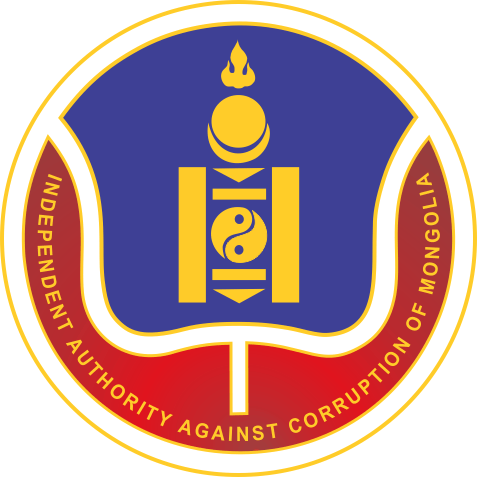6 June, 2021
Mongolian Independent Authority Against Corruption has been conducting Corruption risk assessments in public institutions since 2018. In accordance with Article 6 of Anti-Corruption law, National Anti-Corruption Strategy approved by the Parliament in 2016, the ‘Methodology for assessing corruption risk in public institution’ was approved. The methodology is based on guidelines and recommendations issued by the World Customs Organization, the United Nations Development Program, the Global Organization of Parliamentarians Against Corruption, the Council of Europe, and other countries’ corruption risk assessment methodologies.
Assessing the risk of corruption in a public body is the process of identifying situations in which an institution may be at risk of corruption. It also aims to collect information in order to reduce bureaucracy in the civil service, ensure transparency, establish an ethical civil service, effectively fulfill its legal obligations, increase the level of integrity of civil servants, and enhance anti-corruption motivation, initiatives and efforts. Furthermore, it is also one of the instruments for corruption prevention and developing future policy.
In accordance with the methodology of the Research and Analysis Division of IAAC, the selection of institutions to be assessed is based on corruption-related complaints and in some cases if they provide a wide range of services to the public. The IAAC had assessed 24 ministries and agencies in 2018, 6 In 2018, 6 organizations in the health sector, 3 in the education sector, 6 state-owned companies, and a total of 15 organizations in 2019, as well as, 10 government agencies in 2020. Thus, Corruption risk assessment reports were presented to all officers of all 49 public institutions involved in the assessment, and they were informed about the identified risks, and recommendations to implement.
The results of the corruption risk assessment identified the activities of public institution, human resources, budget, finance, transparency of procurement of goods, and services funded with state and local funds, integrity, and willingness to fight the corruption of the officers as insufficient. The identification of risks in a given area does not mean the sector is at high corruption risk as a whole. The scope and adverse effects of the identified risks are moderate, and it is possible to reduce the risk in the short term and prevent further adverse effects. Many of the corruption risks are related to relevant laws, regulations, budgets, and human resources, which can be addressed not only at the level of the institution but also at the management level of the sector.
The assessment is conducted with independent NGOs to ensure the participation of civil society in anti-corruption activities. With more corruption risk and bureaucracy, the public institution is more likely to commit corruption offense, conflicts of interest. However, several public institutions did not provide the necessary information and refused to cooperate in conducting the assessment.
There are approximately 4200 government institutions in Mongolia. Therefore, it is not possible to conduct corruption risk assessment only on the initiative of the IAAC. Furthermore, it is necessary for government institutions to conduct corruption risk assessments on their initiative and take specific steps to improve their operation, in accordance with the framework of anti-corruption prevention.
For further information, please contact:
Erkhemjargal Odsuren, Officer, Research and Analysis Division
Independent Authority Against Corruption of Mongolia
erkhemjargal@iaac.mn





